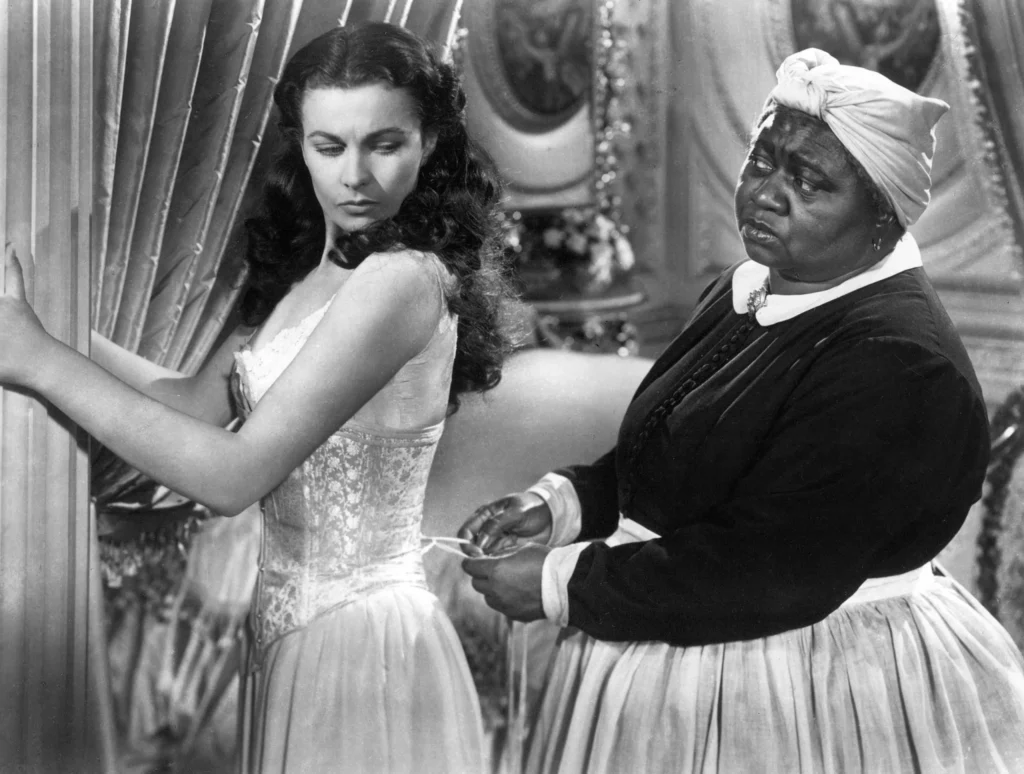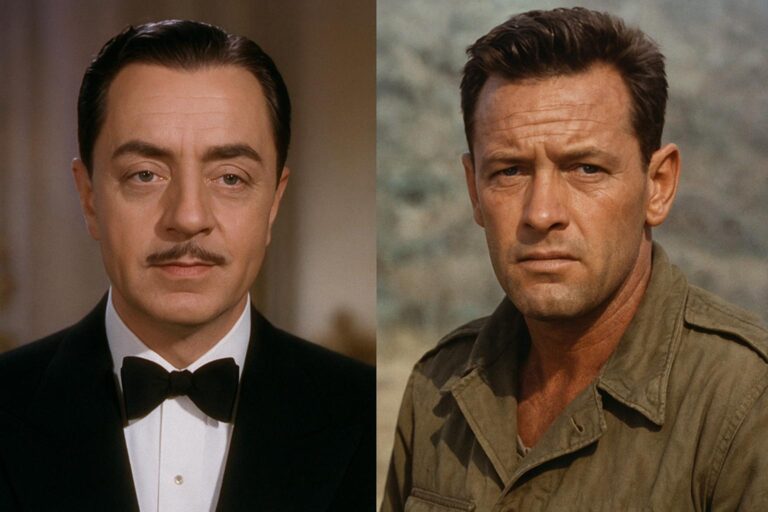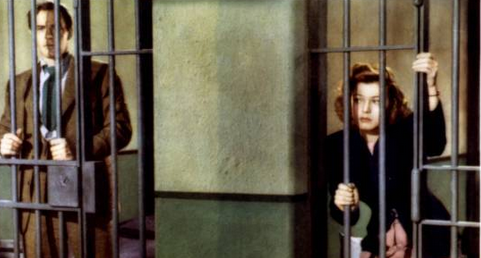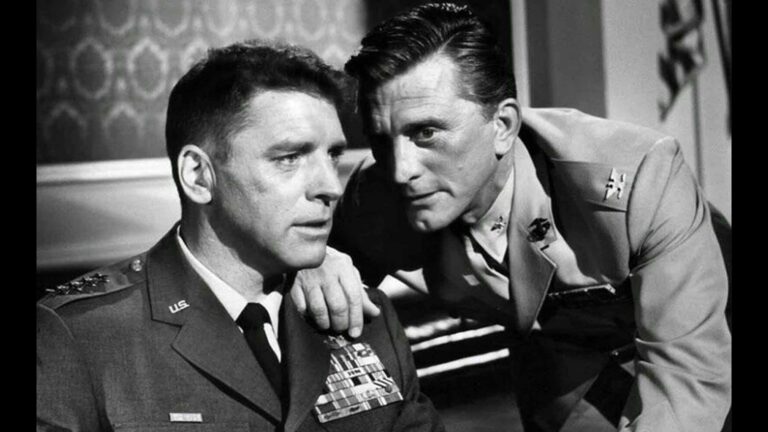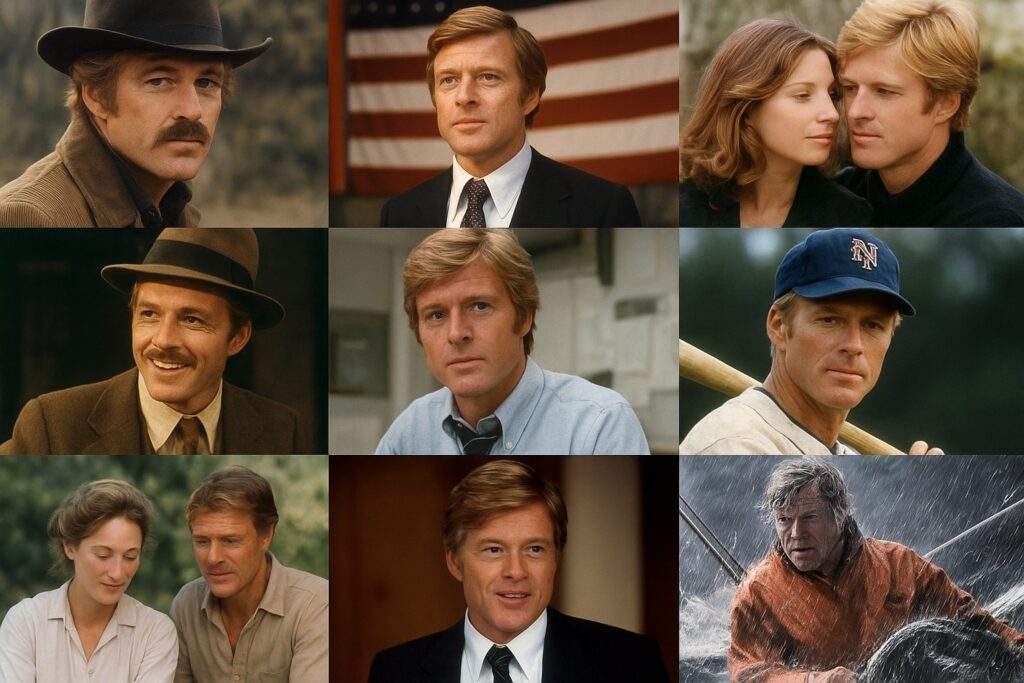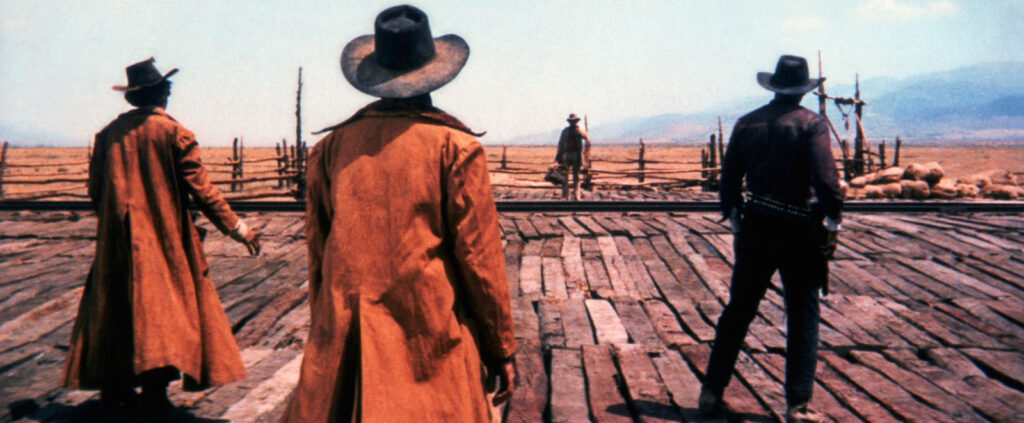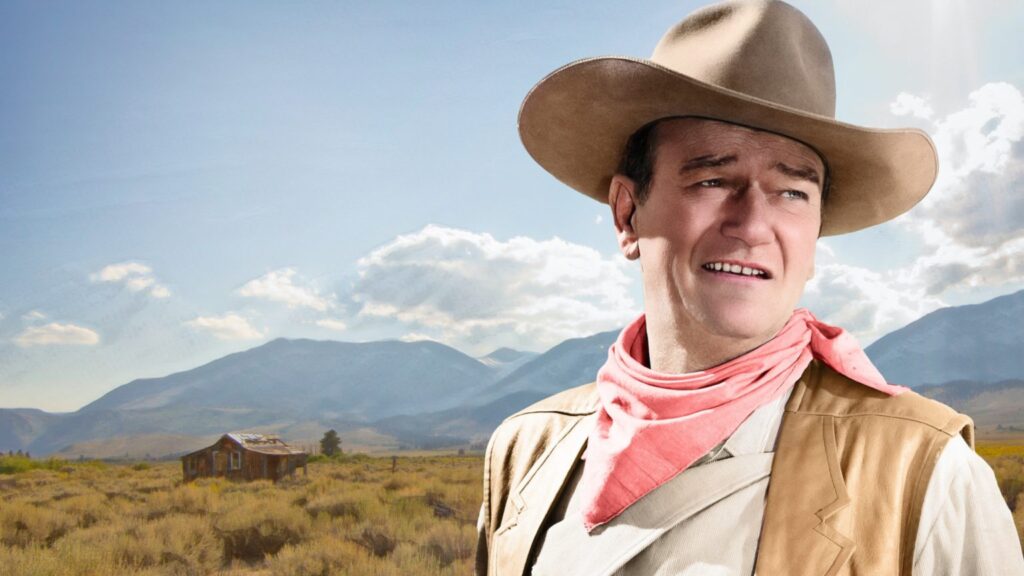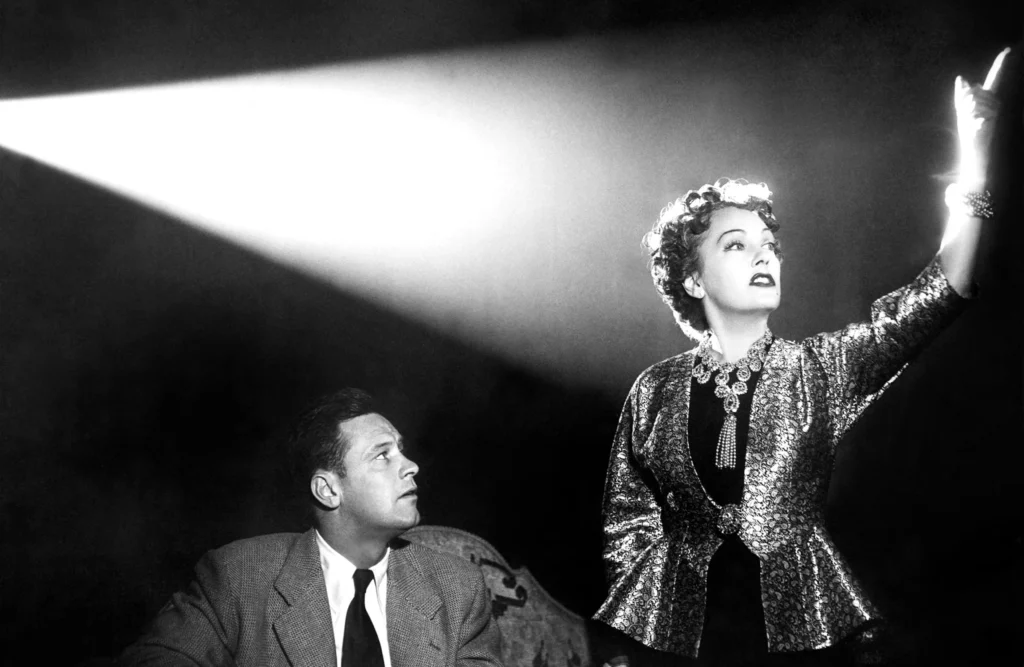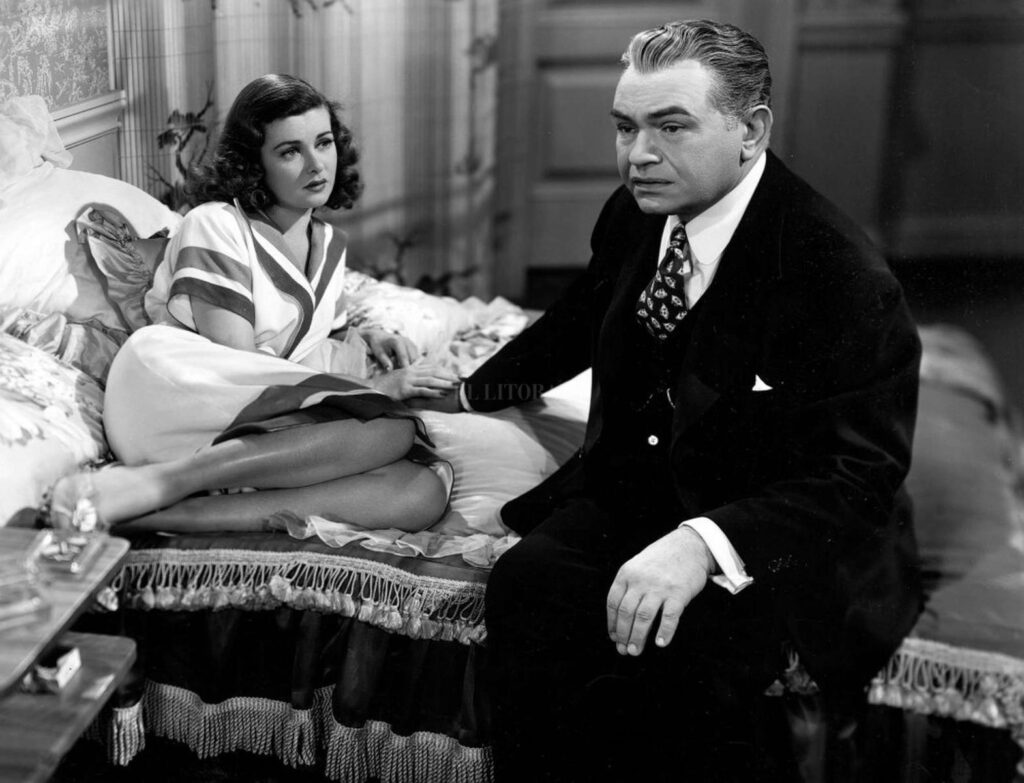Classic Hollywood films possess an enduring allure, captivating audiences with their compelling narratives, charismatic stars, and iconic cinematography. Yet beneath the glamour lies a troubling reality—Hollywood’s history of racism, often overlooked or downplayed. During the golden age of cinema, many films either perpetuated harmful stereotypes or ignored the issue altogether, reflecting the prevailing attitudes of the time. This article examines how classic Hollywood addressed—or failed to address—racial representation.
Throughout the early and mid-20th century, Hollywood frequently depicted minority characters through offensive and reductive stereotypes. African-American, Asian, Hispanic, and Native American characters were often relegated to roles as servants, sidekicks, or villains, reinforcing damaging caricatures rather than offering authentic, multidimensional portrayals.
Another pervasive issue was the practice of whitewashing—casting white actors in roles originally meant for characters of diverse ethnic backgrounds. This not only denied opportunities to actors of color but also contributed to the erasure of minority voices and experiences. For decades, Hollywood prioritized marketability over authenticity, depriving audiences of genuine cultural representation.
Segregation was a harsh reality in classic Hollywood, both on-screen and off. Many films depicted segregated settings, reinforcing societal divisions. Meanwhile, Black actors were often confined to “race films”—low-budget productions made for Black audiences but with limited reach. This systemic exclusion prevented broader representation in mainstream cinema.
Discrimination extended beyond casting. Opportunities for minority directors, writers, and crew members were scarce, limiting the perspectives and narratives that made it to the screen. The lack of diversity in decision-making roles contributed to an industry culture that remained homogenous and exclusionary for decades.
Many classic films embraced the white savior trope, portraying white characters as rescuers of people of color. While often framed as heroic, these narratives reinforced a patronizing dynamic, suggesting that marginalized communities required white intervention to overcome adversity.
While classic Hollywood films deserve recognition for their artistic achievements, it is equally important to confront their legacy of racism. Understanding the historical context allows us to critically assess these films and advocate for progress in contemporary cinema.


